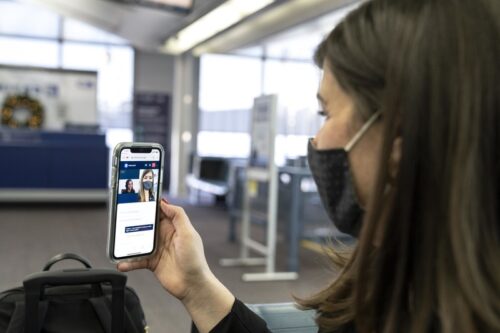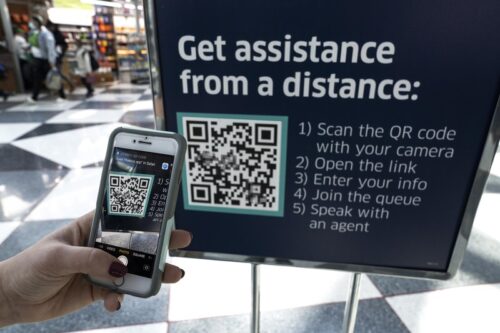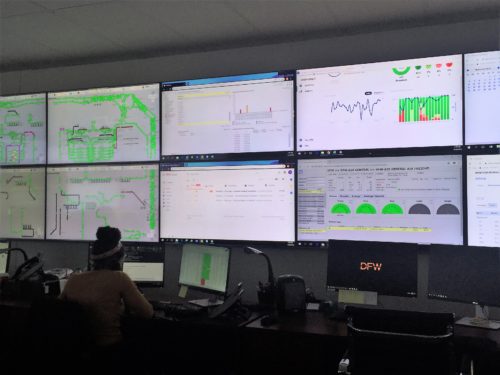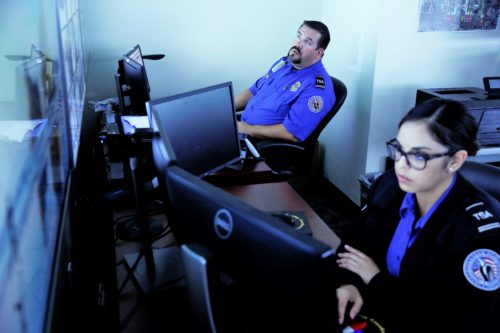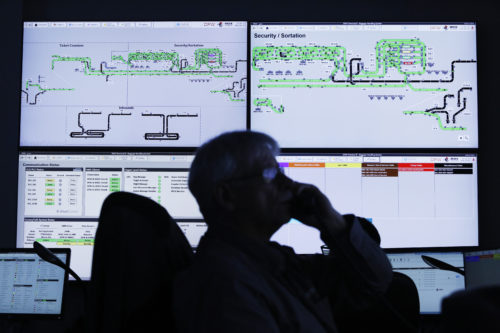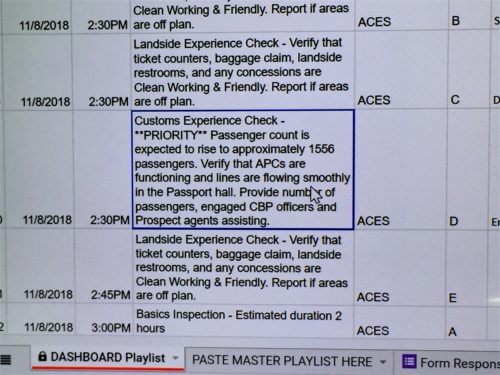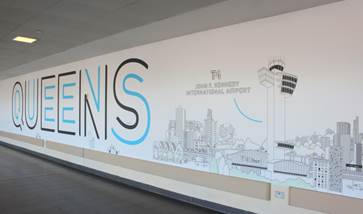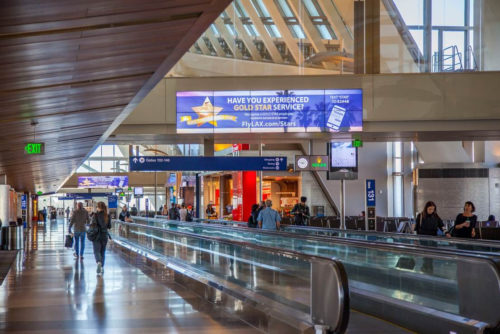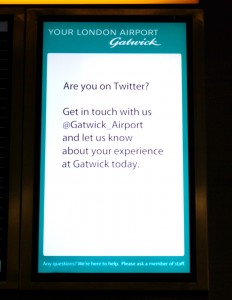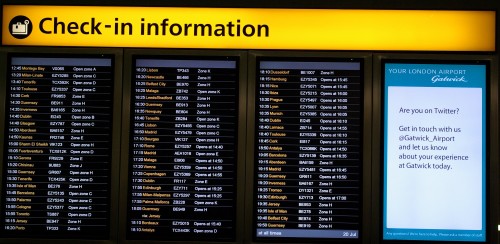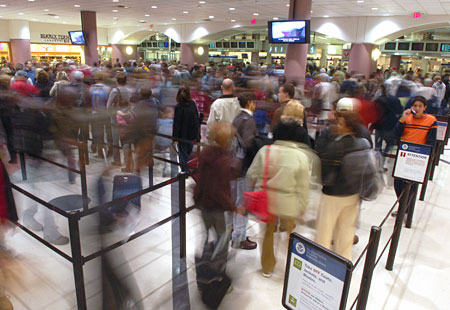
This is a story we wrote for NBC News
Holiday Travelers face bad weather and bad service
A frigid arctic blast is threatening to derail holiday travel this week. But even those who reach their destinations on time may have reason to grumble: Some will have to make their own hotel beds, wipe their own in-flight tray tables and wait in lines at airport lounges — or pay more for a smoother experience.
While travel demand is roaring back, many hotels, airlines, cruise operators and airports are still racing to hire and train workers. Some companies are tightening access to perks and amenities, in a few cases by raising prices. That means the level of customer service will likely take a hit, industry experts say.
Nearly 113 million Americans are forecast to take to the roads and skies between Dec. 23 and Jan. 2, according to AAA, up 3.6 million from last year and just shy of pre-pandemic numbers. But employment levels in the leisure and hospitality sector are still 5.8% lower than in February 2020, when the industry employed around 980,000 more people than it did last month, federal data shows.
“Everyone is jumping back onto the travel wagon again, but in some cases, these wagon wheels may still be a bit wobbly,” said Corey Green, a travel adviser with AAA in Wilmington, Delaware.
Flying?
The good news: While holiday airfares remain high, ticket prices are inching down and the labor crunch is easing.
“After a summer with numerous problems with flight delays and cancellations, U.S. airlines have been successful in hiring a lot more pilots and flight attendants, and getting them trained,” said Henry Harteveldt, a travel industry analyst at Atmosphere Research Group. “They’ve also been hiring people to work at airports, reservation offices and elsewhere. So I anticipate that from the airline side, we’ll have a good Christmas and New Year’s season.”
What to expect at airports
But some fliers say the customer experience remains rocky.
“Since summer, when I’ve flown between the U.S. and the U.K., lounges have been so packed that it is sometimes impossible to find a seat,” said Rachel Franklin, a geography professor based in the United Kingdom. She added that she’s seen “used dishes accumulate in teetering piles on tables, so you can’t sit there either.”
To address overcrowding, some airlines are tightening lounge access and limiting or eliminating day passes.
Starting Jan. 1, Delta Air Lines’ Sky Club memberships will be available only to “Silver Medallion” and other elite-level fliers, and fees are going up. By Feb. 2, members traveling in basic economy will be cut off from lounges unless they pay with certain cards.
Alaska Airlines will also raise lounge membership fees starting next year. And beginning Feb. 15, the carrier will grant complimentary lounge access only to passengers with certain long-distance, first-class tickets.
Delta, which expects its 2023 earnings to nearly double thanks to strong demand, pointed to an earlier statement by Dwight James, senior vice president, customer engagement and loyalty: “While we’re thrilled to see so many customers enjoy the fruits of our teams’ hard work, our goal now is to balance the popularity of the Clubs with the premium service and atmosphere for which they were designed — and that our guests deserve.”
Seattle-based Alaska said its lounges “have become so popular during certain times of the day, we’re making adjustments to our complimentary First Class access policy to allow for a bit more elbow room.”
For now, Harteveldt said, “you don’t want to plunk money out in advance for a lounge pass only to be told, ‘Sorry, we’re not accepting them.’ Instead, wait to buy a lounge pass until you’re at the airport and are confident you will be able to enter.”
Many airport employees say they’re overworked and their teams are understaffed, making it hard to maintain quality service for so many passengers.
Earlier this month, Service Employees International Union members working as baggage handlers, cabin cleaners, ramp agents, wheelchair attendants and janitors demonstrated at 15 U.S. airports, calling for higher pay and better conditions. “We’re so short-staffed, they make it almost impossible for you to take a sick day,” Omar Rodriguez, a ramp agent and cabin cleaner for contractor Swissport USA at New York City’s LaGuardia Airport, said in a union statement. “We get blamed for delays, but we’re only given a few minutes to clean and don’t have enough people to do the work.”
Swissport said it “denies any unfair labor practices” and “fully complies with applicable regulations and provides competitive wages and benefits.”
Inside terminals, concessions operators are also struggling to hire and keep staff at shops, restaurants and bars. So passengers should be prepared for longer lines, limited operating hours and some commercial spaces that have yet to reopen.
Checking into a hotel?
Hotel guests may also find some service reductions still in place.
Many properties that suspended daily housekeeping to maintain social distancing have been slow to restore that amenity, said Jan Freitag, the national director of hospitality analytics for CoStar Group, a commercial real estate research firm. “They say, ‘Of course, we’re here if you need a towel or something,’ but they will not automatically clean your room.”
Some labor groups say hotel operators are taking advantage of pandemic policies to make long-term cost cuts, and they encourage guests to demand housekeeping during their stays — especially since many are now costlier. Room rates were up 15% in November this year over November 2019, according to Freitag. “That’s just the national average,” he said. “If you are in a 4- or 5-star property or resort, you are paying much higher rates, in some instances 30% more than in 2019.”
At most 2- and 3-star properties, he said, guests generally must request housekeeping, and while pricier rooms are more likely to include it, “some high-end properties may not have enough staff to offer housekeeping either.”
There are currently more than 100, 000 open hotel jobs nationwide, including nearly 20,000 housekeeping roles, according to the American Hotel and Lodging Association. “Recruiting workers continues to be the top challenge for many hoteliers,” said Chip Rogers, the trade group’s CEO.
Going on a holiday cruise?
One potential bright spot can be found at sea: During the summer, several cruise lines had to cancel voyages due to staffing shortages, but major disruptions have been largely resolved.
“It’s highly unlikely your holiday cruise will be canceled due to lack of staffing,” said Colleen McDaniel, editor-in-chief of Cruise Critic, a travel site run by Tripadvisor. “But just like so many other industries, you might notice some staffing or supply chain-related effects onboard.”
That could affect service quality a bit. Many cruise lines are adding fresh staff en masse, and a lot of those crew members are new to the industry, she said, “so training is ongoing and is critical to the onboard experience.”
Bottom line
Passengers across the board should “be prepared to pay a little more than usual if you want the vacation of your dreams,” Green said. Or be flexible with timing to avoid the busiest periods most prone to service snags.
“This year, I moved my annual holiday travel to earlier in December,” said Abby Rhinehart, an educational researcher in Tucson, Arizona. “It was a little strange to celebrate so early in the month, but I think it was worth it to avoid all the stress.”
